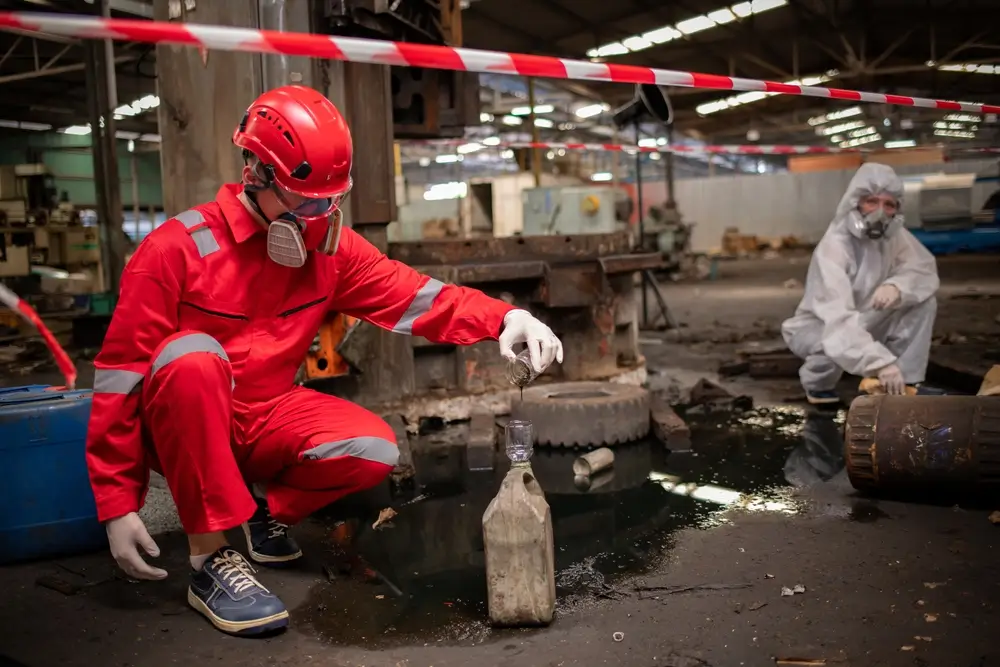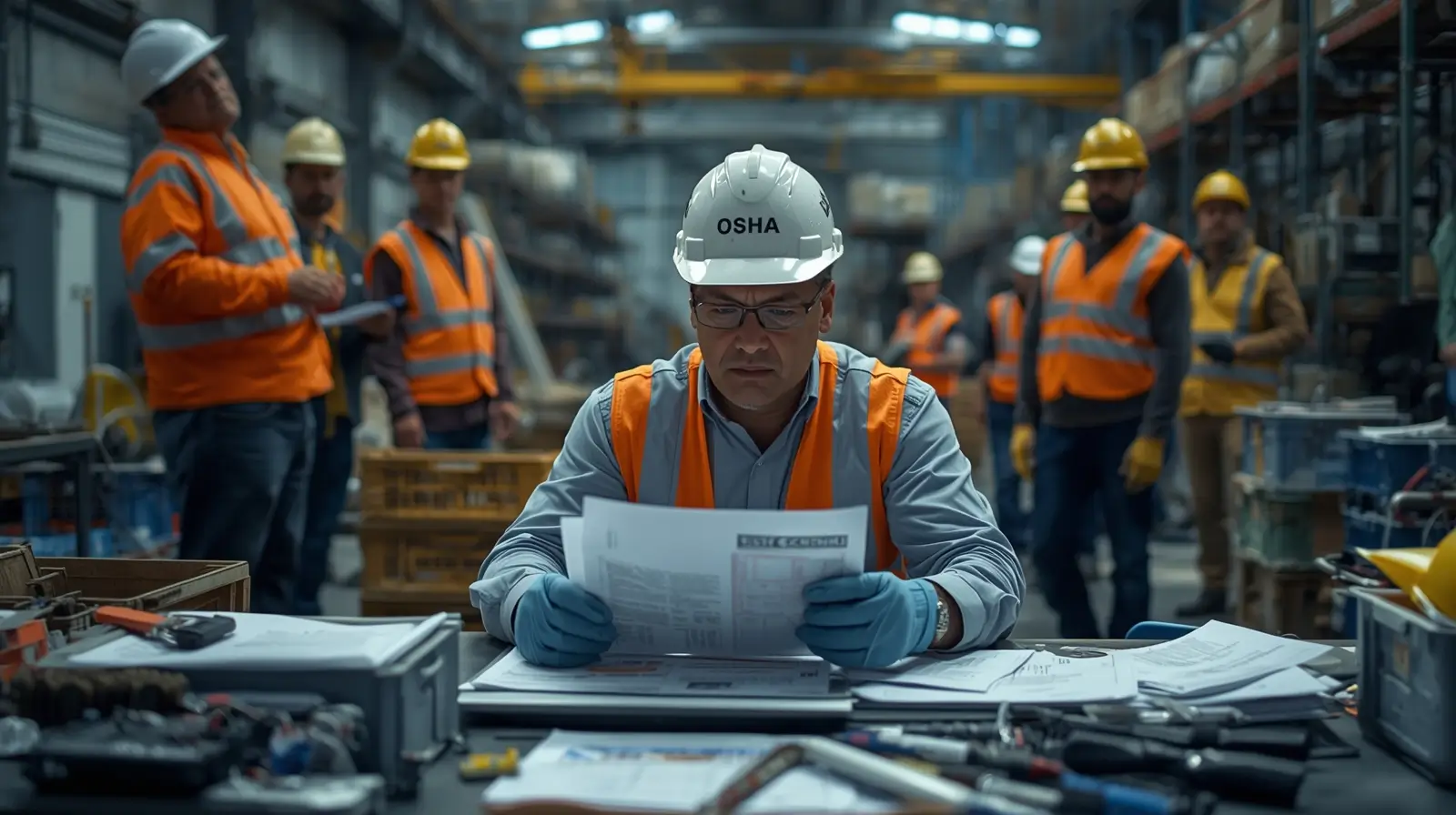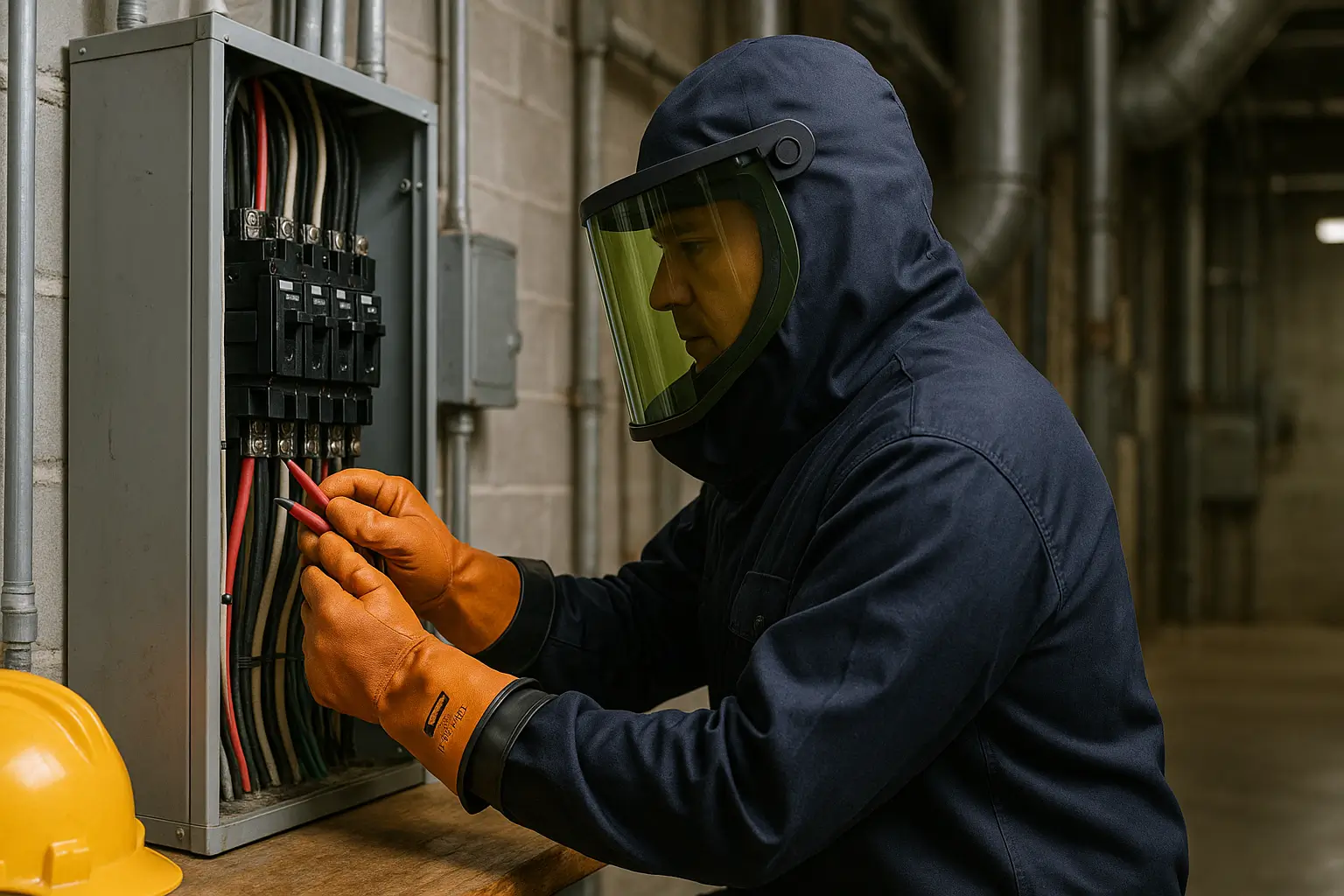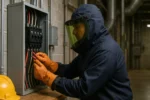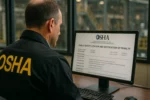RCRA vs. DOT: Hazardous Waste Regulations
In the U.S., two significant regulations are applied when dealing with hazardous waste, and these include the RCRA and the Hazardous Materials Regulations (HMR) by the DOT. Although they often overlap, they serve different purposes, with RCRA focusing on the on-site management of hazardous waste and DOT overseeing its safe transportation off-site.
Knowledge of them is essential for adherence, safety, and avoiding fines. A lot of companies have problems with the boundaries between one rule and another. This is why the best step is an all-in-one training solution, which will help workers understand both sets of rules at once, and make the adherence process much easier and the operations much safer.
What is RCRA?
The Resource Conservation and Recovery Act (RCRA) is the major federal law that governs hazardous waste in the U.S. It was signed into law in 1976 to safeguard human health and the environment against poorly managed waste.
Subtitle C of RCRA establishes regulations on the generators, transporters, and facilities of the hazardous wastes, demanding tight recordkeeping, permitting, and reporting. These are some of its types:
- Large Quantity Generators (LQGs): generate more than 1,000kg/month. They can store the waste up to 90 days before shipping it off-site.
- Small Quantity Generators (SQGs): produce 100–1,000 kg/month. They can stockpile up to 6,000 kg for up to 180 days.
Also, RCRA requires the training of employees on waste handling and emergency preparedness based on the type of generator.
🚚 What are DOT regulations (HMR)?
The Hazardous Materials Transportation Act (HMTA) is the source of DOT rules that are concerned with the transportation of hazardous materials, which include hazardous waste moved off-site (Wikipedia). They are spelled out in 49 CFR Parts 100-185, and include:
- Hazardous substances classification.
- Packaging, marking and labelling regulations
- Moves up docs and Comms (e.g., manifests) trucking.
- Emergencies during transport, training of the employees, and the handling procedures.
The definition of a hazardous material at DOT is very broad, covering a large variety of materials, but not all the wastes regulated by RCRA are hazardous materials subject to travel. Waste that is only subject to HMR when shipped is only that which meets the DOT definition and is linked to RCRA manifest requirements.
Under 49 CFR 172.704, DOT also mandates that the employees engaged in the transportation of these materials be trained within 90 days and refresher courses every 3 years.
What Are the Overlaps and What are the Differences?
Overlap
- RCRA waste transportation: A generator that transports hazardous waste off-site transports the waste under RCRA rules on-site and under DOT rules during transportation (Lion).
- Training needs: Both need training of the employees: RCRA to manage waste and emergency planning, and DOT to package, classify, and properly label the products during shipment.
- Definitions: The DOT hazmat definitions are a continuation of the RCRA classification. An example is the RCRA code of corrosive wastes in D002, which is synonymous with DOT Hazard Class 8: Corrosive.
Differences
- Scope: RCRA is applied to regulate the management of hazardous wastes on the site, generation, and disposal. DOT only regulates materials in transit.
- Agency regulation: RCRA is enforced by the EPA (or state). The Department of Transportation (DOT), namely PHMSA, FMCSA, FAA, or Coast Guard, depending on mode, enforces the DOT rules.
- Applicability: RCRA applies to all hazardous waste generators and all hazardous waste facilities. DOT is only applicable in shipping materials through commerce and must be registered, documented, and adhere to packaging and marking regulations.
Why This Matters: A Real-World Scenario
Let us assume that a manufacturing plant generates over 1,500 kg of corrosive, hazardous waste in a month. They fall under the LQG under RCRA, and they have to follow the EPA training and 90-day storage requirements. They are also obliged to keep manifests, work under a permit, and label and keep records properly. The workers involved in this shipment should also be trained as per the DOT requirements, such as sit-down and hands-on training every three years.
The company will be fined heavily unless it follows two sets of regulations to the end, up to 37,000 dollars per day in the case of RCRA and up to 75,000 dollars per violation in the case of DOT laws.
The worth of a Combined Training Suite
Dual adherence is a big headache for many organizations. That is why our all-in-one RCRA + DOT training suite is the best solution:
- The integrated curriculum consists of both EPA RCRA standards (40 CFR Parts 262 and 265) and DOT HMR (49CFR Parts 100 185). Students are aware of the cradle-to-grave lifecycle and shipping needs.
- Approved under both regulations, thus, the participants fulfill generator training requirements and hazardous materials employee requirements in a single course.
- Scenario-based learning assists in strengthening real-world overlap—classification, manifest execution, packaging, label requirements, and recordkeeping.
- Training is easy to learn and recall; there is no heavy jargon, the language is simple, examples are clear, and modules are interactive.
- Refresher and recurrent assessments make training valid on the necessary schedules (e.g., every three years on DOT, annual refresher on RCRA)
This saves time and prevents training gaps as employers can get a unified suite. This saves the employees the hassle of having to piece-meal their training by having to go to different providers.
✅ In Conclusion
It is vital to know the distinction between RCRA and DOT, and it is also important to learn how they overlap. RCRA is the regulation of waste on the site; DOT is the regulation of the transportation of waste. They, however, rely on shared definitions, training, and record keeping. Our RCRA + DOT training suite is a one-stop shop- one program that covers cradle to grave waste management and shipping adherence in a single, clear, and interactive program. Nobody wants holes, nobody wants redundancy of work- just more smart and safe adherence.

